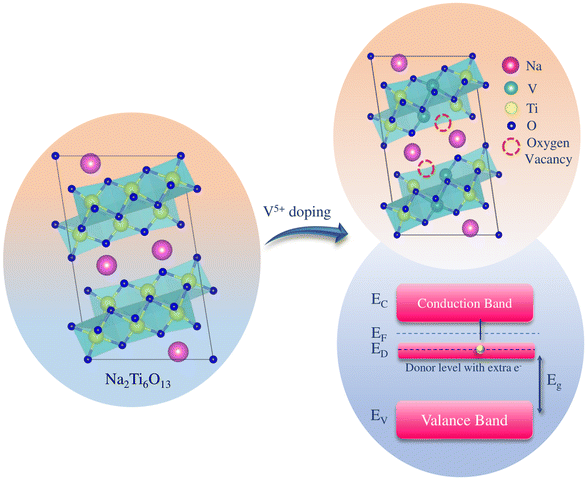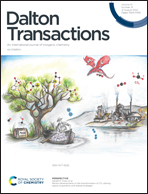Effect of vanadium doping on the electrochemical performances of sodium titanate anode for sodium ion battery application
Abstract
In this study, V5+ doped sodium titanate nanorods were successfully synthesized by a sol–gel method with different optimized vanadium concentrations. Before testing as a promising anode material for sodium ion battery (SIB) application, the samples were systematically characterized. It was clearly observed that V5+ doping significantly affects the phase formation of sodium titanate samples and leads to the alteration of the major phase of Na2Ti3O7 to a single Na2Ti6O13 phase with increasing doping concentrations. Electrochemical investigations clearly showed that the optimized 15 wt% V5+ doped sample exhibits the highest capacity of 136 mA h g−1 at 100 mA g−1 after 900 cycles as well as better rate capability than the undoped sample by delivering 101 mA h g−1 capacity at a high current density of 1000 mA g−1. It is believed that the incorporation of highly charged V5+ in sodium titanate produces oxygen vacancies along with partial reduction of Ti4+ to Ti3+, resulting in improved electronic conductivity. The utilization of oxygen vacancies also preserves the integrity of the electrode, giving rise to long term cycling. Thereby, V5+ doping was found to be an effective strategy to enhance the electrochemical performance of the sodium titanate anode for SIBs.



 Please wait while we load your content...
Please wait while we load your content...